In addition to Weibo, there is also WeChat
Please pay attention

WeChat public account
AutoBeta


2024-11-05 Update From: AutoBeta autobeta NAV: AutoBeta > News >
Share
AutoBeta(AutoBeta.net)02/18 Report--
On the evening of Feb. 17, Dongfeng Nissan released a price reduction poster for its all-electric SUV Airiya ARIYA. The content shows that under the superposition of government and enterprise subsidies, Aireya ARIYA offers a time-limited discount of 60, 000 yuan, which covers all ARIYA models, with a price of 224800 after the discount. At present, the guiding price of the car is 285400-342800 yuan. At the same time, some old car owners also have some feedback. According to the official description, 50000 points will be added to the car purchase / scheduled customers before December 31, 2022, and 100000 points will be added to the car purchase / scheduled customers from January 1 to February 16, 2023. In addition, the car enjoys free basic maintenance, lifetime free machine flow and two-year zero interest policy.
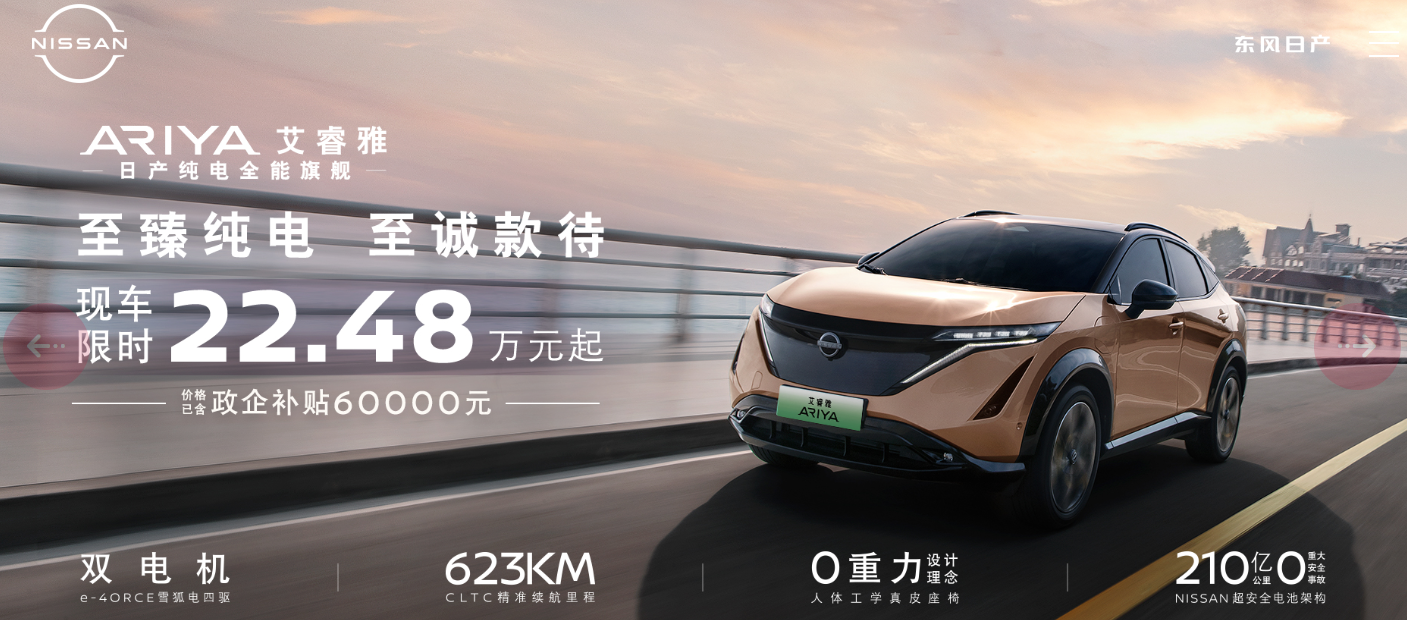
It should be noted that Ariya experienced a price increase only on January 4 this year, in which the price of the two-wheel-drive version rose by 12600 yuan, with an adjusted price range of 28.54-297400 yuan, but the official comprehensive subsidy for all-wheel-drive models was 32600 yuan. The price range of the subsidized two-wheel-drive version is 25.28-264800 yuan, and that of the four-wheel-drive model is 29.78-312800 yuan.
The ARIYA is a pure tram launched by Dongfeng Nissan last year, based on Nissan's new pure electric vehicle platform, positioning compact SUV, 4603/1900/1654mm in size, width and height, and 2775mm in wheelbase. On September 27, 2021, Dongfeng Nissan announced that the new car was named "AiRuiya" in Chinese and went on sale at the same time. A total of four models were launched with a price range of 27.28-342800 yuan at that time.


In terms of power, there are two versions of the two-wheel drive version and the four-wheel drive version, of which the two-wheel drive version is equipped with a single motor with a maximum power of 178kW with a peak torque of 300Nm; the four-wheel drive version is equipped with a dual motor with a maximum power of 160kW with a peak torque of 600Nm. In terms of battery, the new car is equipped with ternary lithium-ion battery pack and CLTC has a pure electric mileage of 623km. After listing, it mainly competes with SAIC-Volkswagen ID.4 X, FAW-Volkswagen ID.4 CROZZ, Guangzhou Auto Toyota / FAW Toyota bZ4X and other models.
As a new pure electric SUV model owned by Dongfeng Nissan, the performance of the car is mediocre after its launch. From October to December in 2022, Ariya sold 456,387 and 362 ARIYA vehicles, respectively, compared with 67 in January 2023, according to CAF data, meaning that only 1272 cars have been sold in the four months since Ariya ARIYA went on sale.
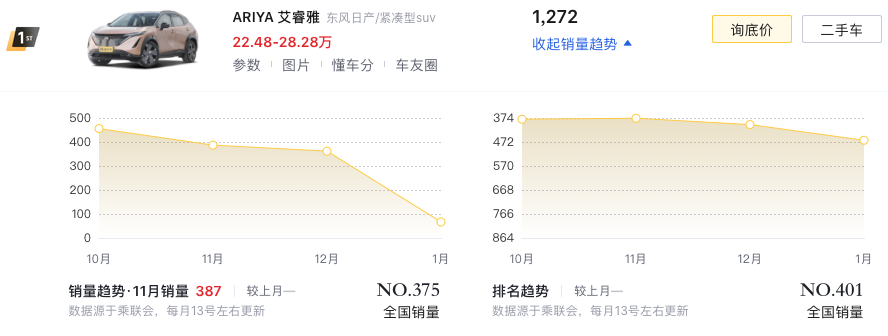
In fact, the poor sales of ARIYA pure trams are just a microcosm of Japanese car companies. Recently, bZ4X, a subsidiary of Guangzhou Auto Toyota and FAW Toyota, has also announced price cuts. On February 9, Guangzhou Auto Toyota announced that its bZ4X launched a time-limited purchase activity, with a direct price drop of 30, 000 yuan. On February 16, an FAW Toyota dealer tweeted that bZ4X offered a time-limited discount of 60, 000 yuan.
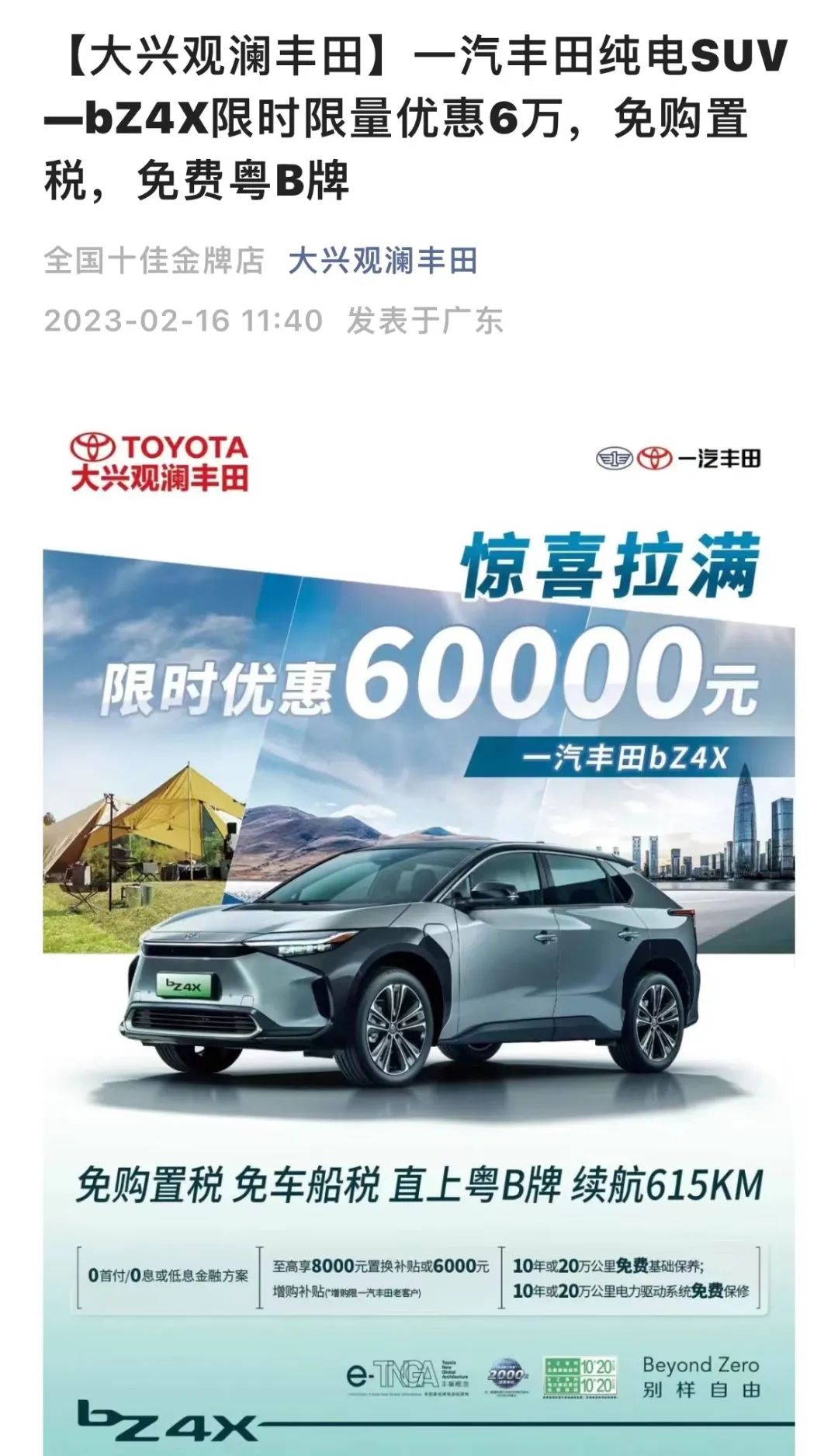
Even earlier, in October 2022, Honda also made varying degrees of concession for its e:NS1 and e:NP1 models. At that time, the Dongfeng Honda e:NS1 model page showed that: "order now and enjoy the 10, 000 to 30, 000" activity, while you can also enjoy the financial policy of 50% down payment and 0 interest for 12 periods; while in the GAC Honda Mall page, the e:NP1 model enjoys the activity of "go to the store and enjoy a deposit of 2, 000 to 22000", and can also enjoy a number of rights and interests. However, this preferential measure expired on October 31, 2022.
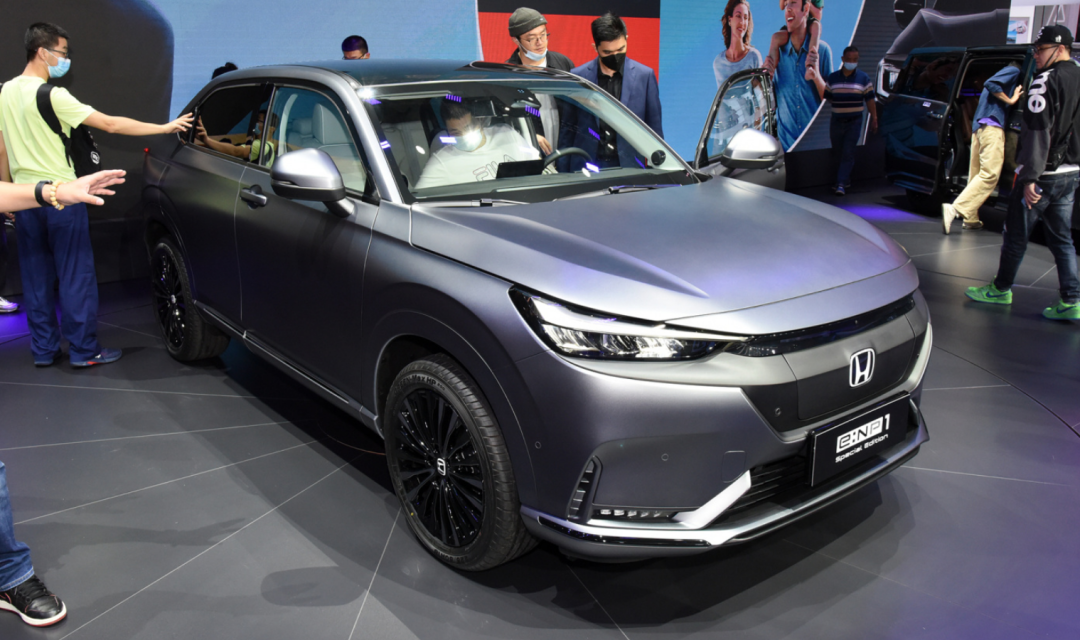
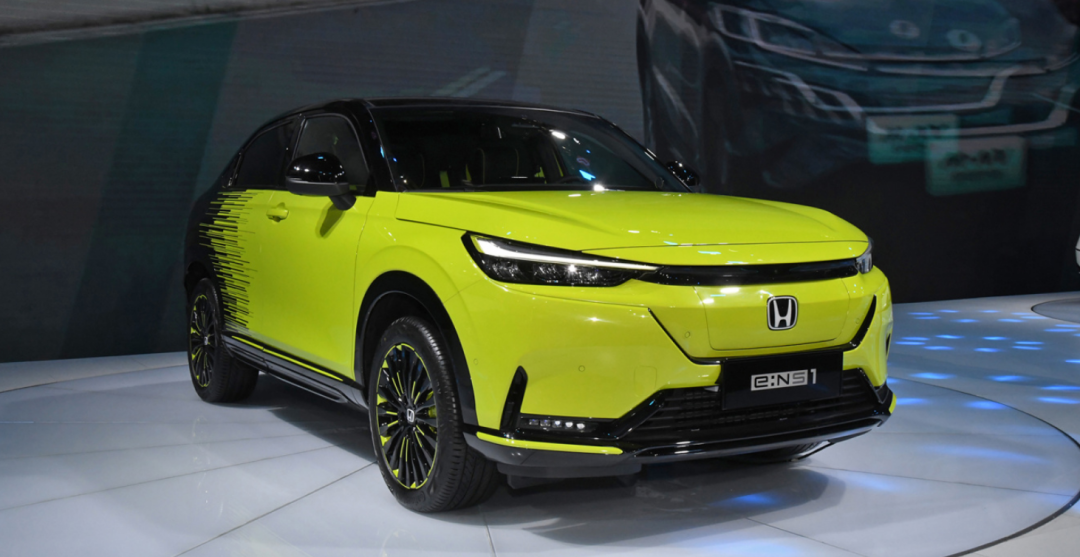
At present, the volume products of Japanese car companies, including Honda and Toyota, are still mainly fuel vehicles and hybrid vehicles, and the development of electrification field is relatively slow. In fact, it is not too late for Japanese car companies to develop new energy vehicles. Take Nissan as an example, as early as 1947, Nissan launched the pure electric vehicle TAMA, and in 2010, Nissan pure electric vehicle leaf also began mass production, but in spite of this, the success of Nissan new energy vehicles on the road is hardly successful. According to the CAC data, the market share of Japanese cars in China was 24.1% in 2020, and since then it has been continuously diluted. Japanese car market share surpassed German cars for the first time in 2021, but fell 1.5% compared with the same period last year. Japanese car companies sold 4.36 million vehicles in China in 2022, down 7.7% from the same period last year, falling for two consecutive years, and the market share fell to 21%, down 1.2% from the same period last year.
On the contrary, Tesla, which is dominated by electric cars in the domestic market, as well as new energy manufacturers such as China's own brands are developing rapidly. According to data from the China Automobile Association, domestic production and sales of new energy vehicles in 2022 were 7.058 million and 6.887 million respectively, an increase of 96.9% and 93.4% respectively over the same period last year. Global sales of new energy vehicles accounted for more than 60%, ranking first in the world for eight consecutive years.
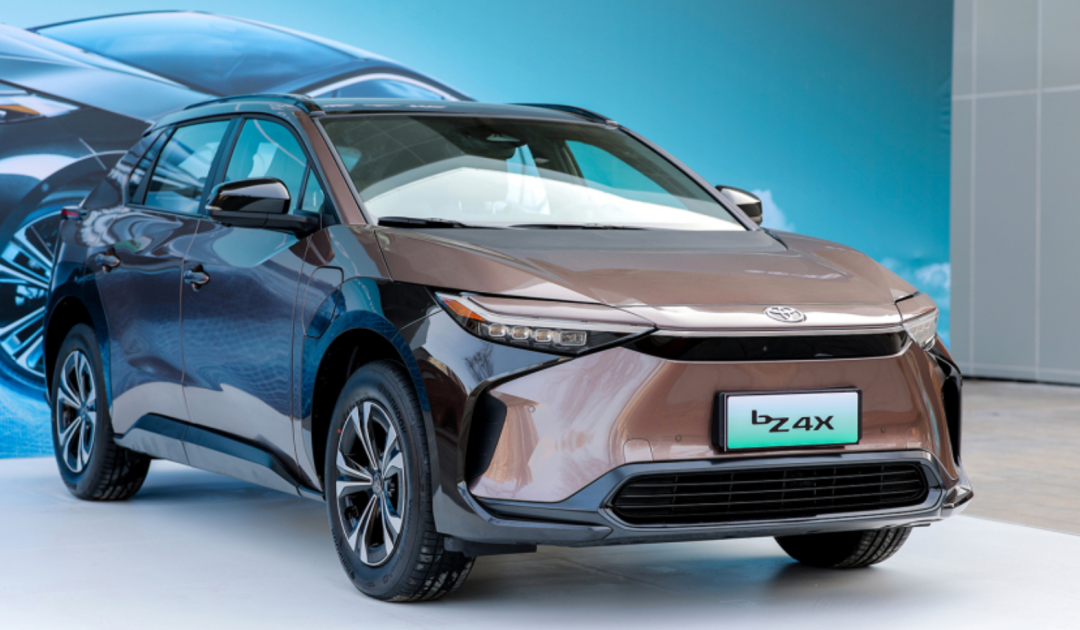
The rapid rise of domestic new energy vehicle sales is also gradually carving up the market share of Japanese car companies in China. Up to now, the only electric models launched by Japanese car companies in China are Xuanyi Pure Electric, Mazda CX-30 EV, Guangzhou Automobile Toyota iA5, Guangzhou Automobile Honda e:NP1, Guangzhou Automobile Honda EA6, Lexus UX300e, Guangzhou Automobile Toyota C-HR EV, Dongfeng Honda e:NS1, Guangzhou Automobile Toyota bZ4X and Dongfeng Nissan Ariya products, among which Honda en, Toyota bZ4X and Nissan Aliya pure tram products were launched in 2022, but the product performance is mediocre. The industry believes that in the era of electrification, if the follow-up Japanese car companies do not seize time to boost the process of electrification, their market share in China is likely to continue to be carved up, and the pressure in China will be greater in the future. As for the Japanese car companies to their trams to adopt the "price for quantity" approach, the final results, we might as well look forward to.
Welcome to subscribe to the WeChat public account "Automotive Industry Focus" to get the first-hand insider information on the automotive industry and talk about things in the automotive circle. Welcome to break the news! WeChat ID autoWechat
Views: 0
*The comments in the above article only represent the author's personal views and do not represent the views and positions of this website. If you have more insights, please feel free to contribute and share.





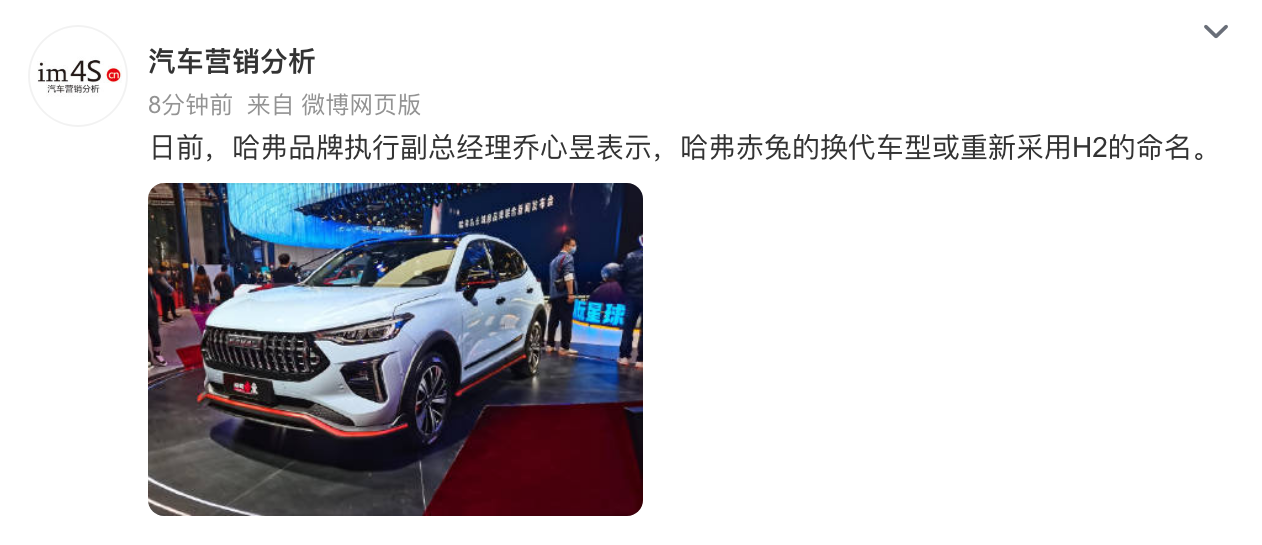



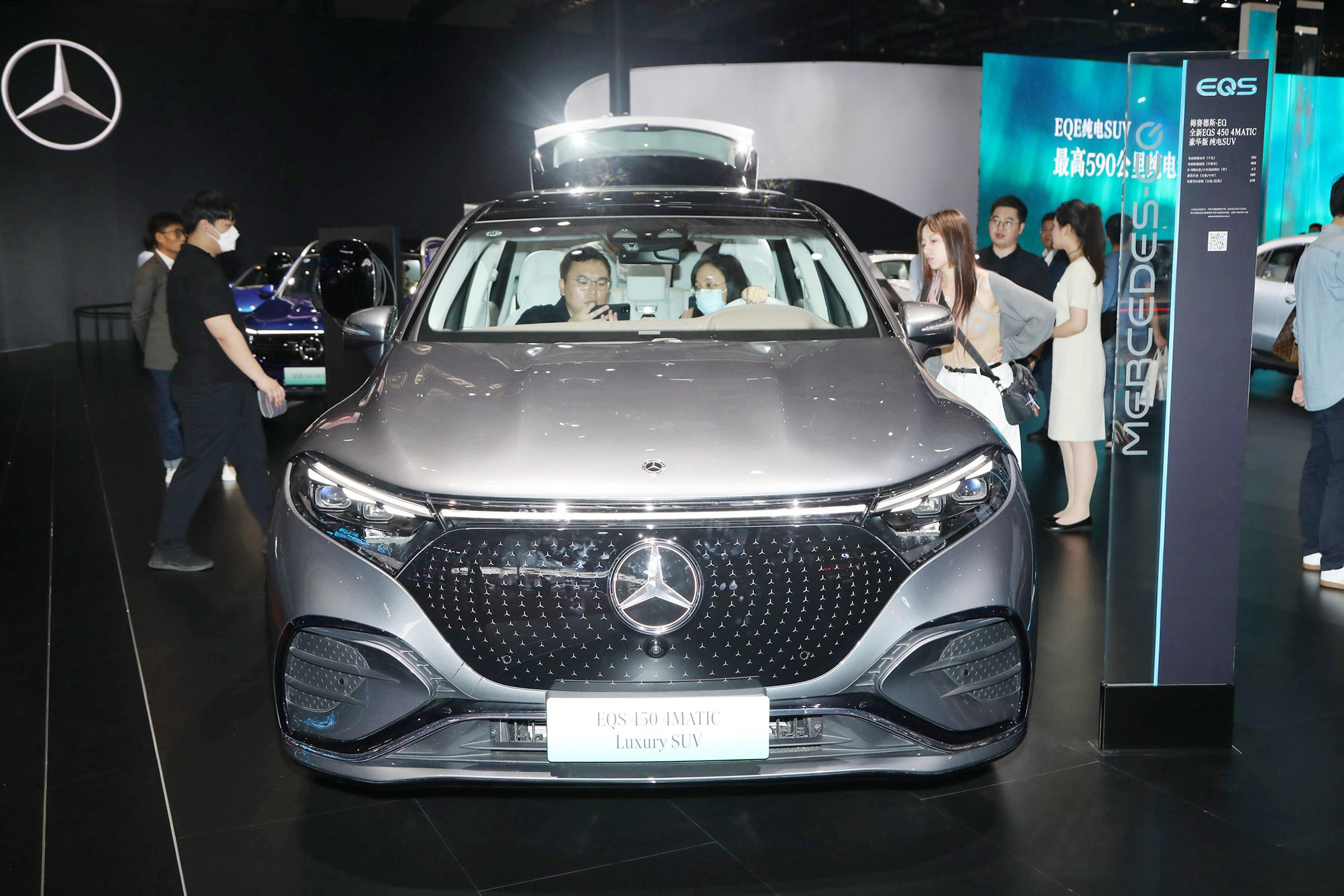
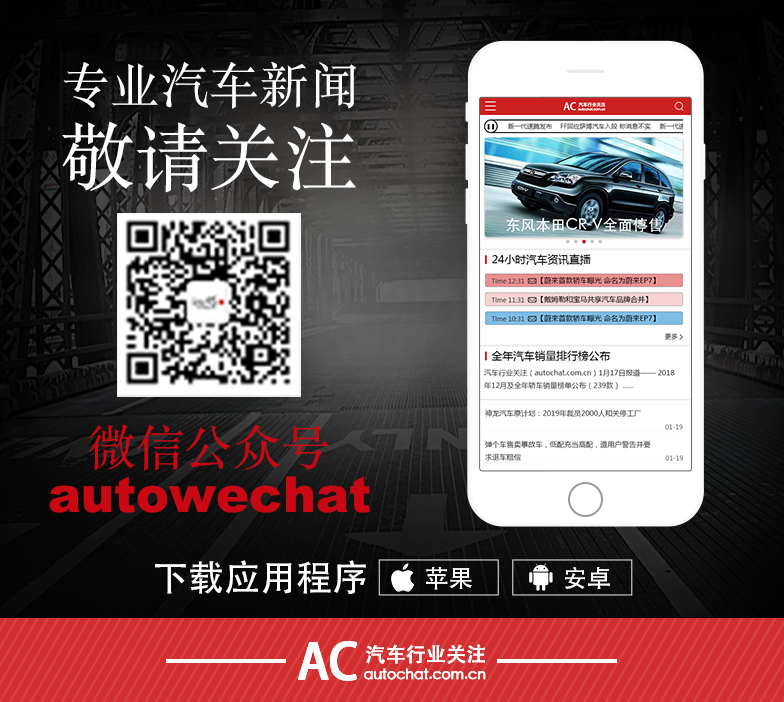
© 2024 AutoBeta.Net Tiger Media Company. All rights reserved.